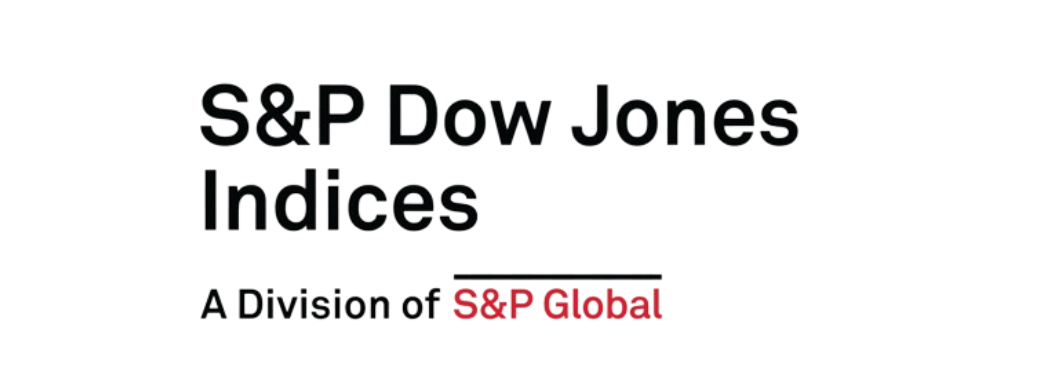In a further sign of innovation delving into increasingly granular exposures, European ETF investors can now access Indian tech equities via launches from HANetf and HSBC Asset Management.
The first of the two products to debut, the INQQ India Internet & Ecommerce ESG-S UCITS ETF (INQQ), listed on the London Stock Exchange, Deutsche Boerse and Euronext Milan last November.
INQQ tracks the eponymous INQQ index of 26 Indian companies deriving at least 50% of their revenue from sectors including internet services, online retail, broadcasting casting, media, advertising, travel, gaming, search engines, payments and social networks.
At the start of March, INQQ was joined by the HSBC S&P India Tech UCITS ETF (HITC), which listed on the same three exchanges.
HITC tracks the S&P India Tech index of 38 companies classified as having at least 90% revenue exposure to either the communications, digital tech or software-related subsectors as per FactSet’s Revere Business Industry Classification System (RBICs).
In numbers
At first glance, HITC appears to have an edge. Performance leadership has varied over time, with HITC’s and INQQ’s underlying returning 28.8% and 38.9%, respectively, over the past 12 months, as at 10 May, and 3.8% and -3.6%, respectively, going back to the earliest comparison on 20 April 2022.
However, HSBC AM’ s strategy has an advantage on the headline cost and early asset gathering fronts. HITC carries a total expense ratio (TER) of 0.65 versus 0.86% for INQQ.
The ETF also enjoyed marginally higher inflows with $4m assets under management (AUM), as at 14 May, against $3m for HANetf’s candidate.
Differing approaches
More importantly, investors should acknowledge the two ETFs’ starkly different methods for playing the Indian tech space.
On the one hand, INQQ’s largest sector allocations are comprised 37.9% of fintech, 15.9% of eCommerce and 12.2% of food delivery companies, providing investors with a more thematic route for targeting the growth of the digitised consumer within India’s domestic market.
Conversely, HITC offers a more conventional sector-oriented view of India tech, with a 59.6% allocation to information technology and 23.3% to communications.
Crucially, by offering top allocations to companies such as Infosys – at 13.9% – HSBC AM’s candidate provides exposure to Indian companies conducting much of their business globally rather than having a domestic focus.
Interestingly, despite being far more concentrated than the 834-constituent S&P India BMI index, the performance of HITC’s underlying has been highly correlated to the broad India benchmark since its calculation began in March 2018.
Alberto Garcia Fuentes, head of asset allocation at ACCI Capital investments, told ETF Stream: “It is normal the tech sector displays higher beta.
“If tech companies in India grow, their market cap will increase and the correlation will be even higher.”
Investors will have to consider where revenue is being derived from, the degree of correlation they are content with and whether they prefer a more thematic or sector approach when selecting which India ETF best serves their needs.
This article first appeared in ETF Insider, ETF Stream's monthly ETF magazine for professional investors in Europe. To read the full edition, click here.





